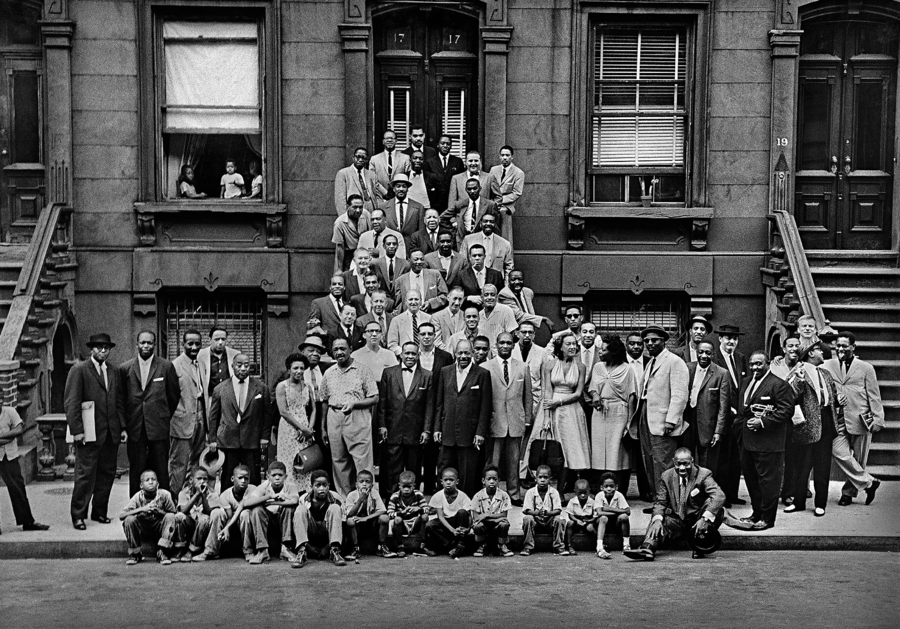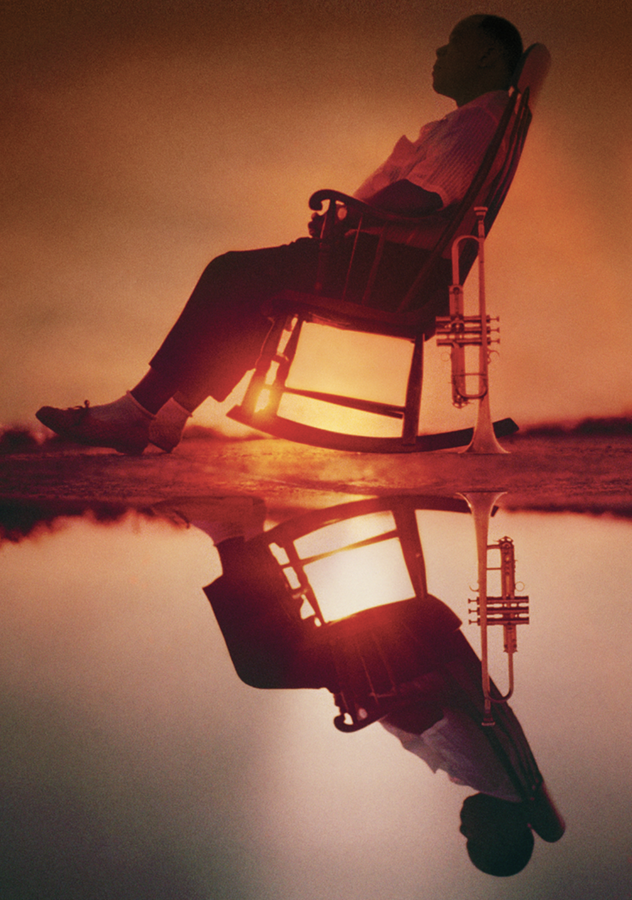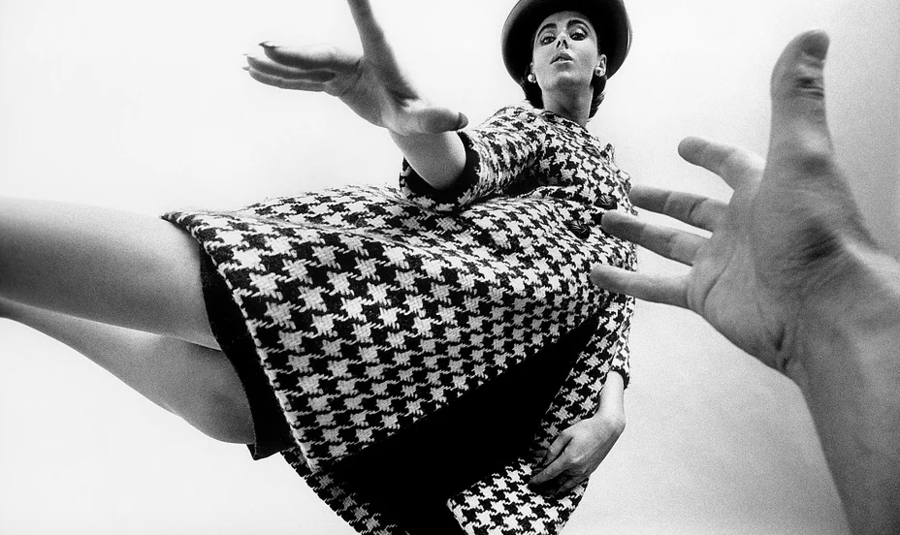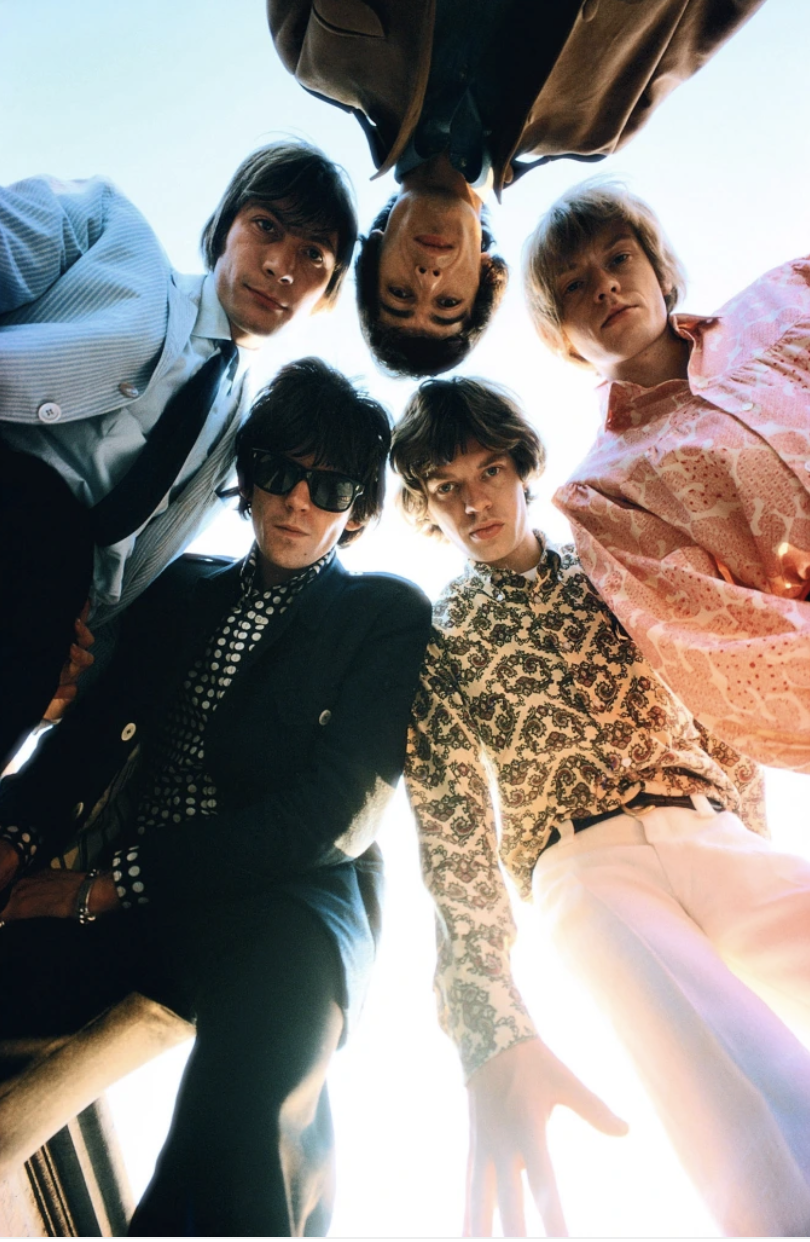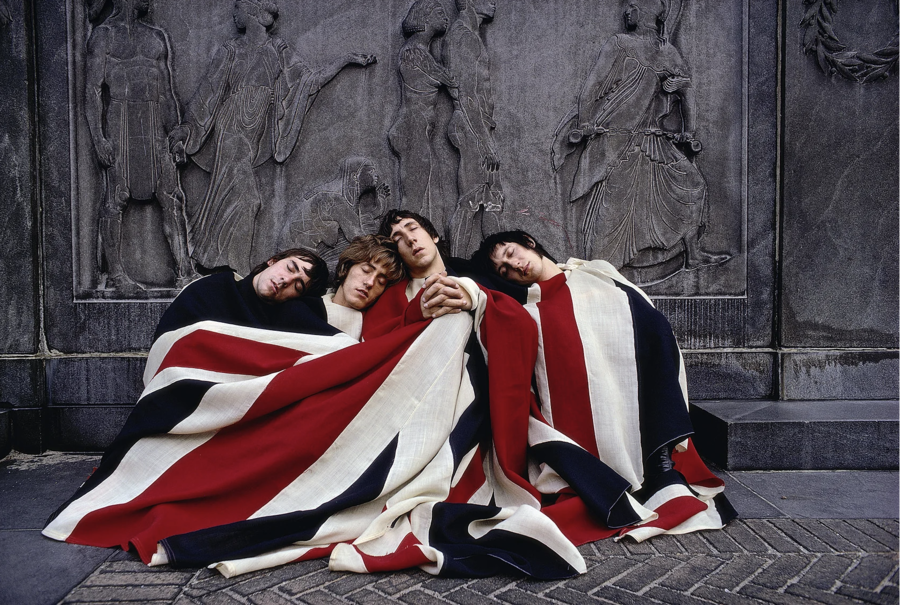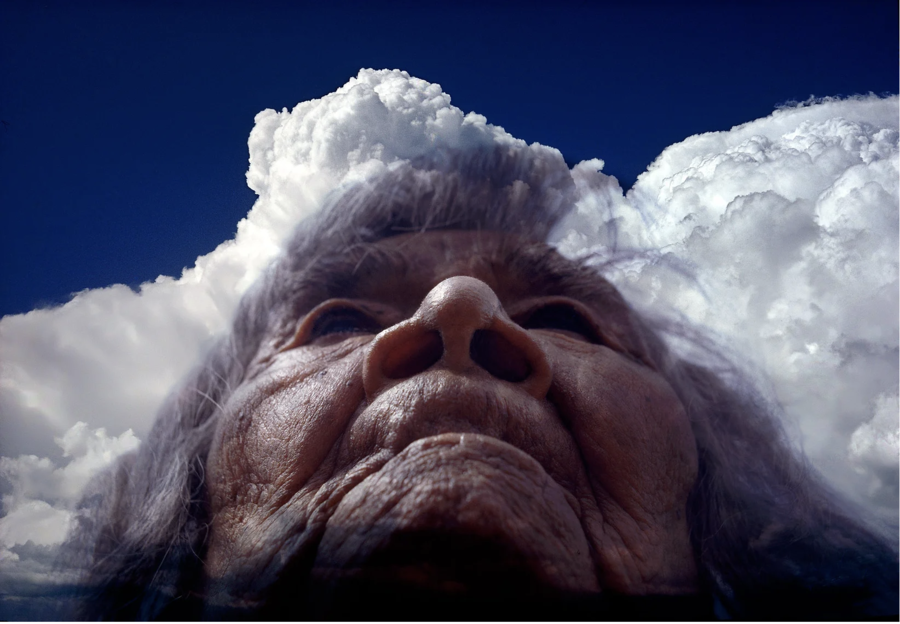Arthur Kane
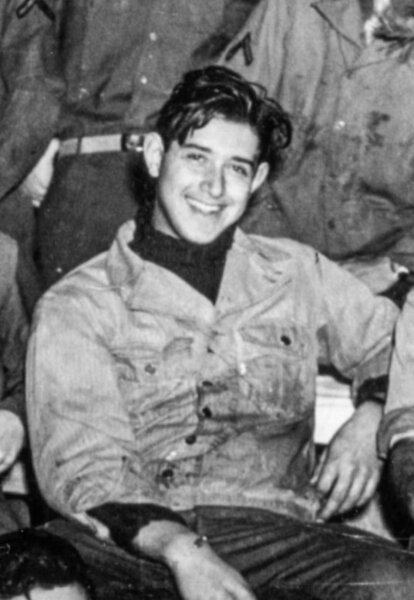
603rd Engineer Camouflage Bn : Co A
ASN#32973070 Casualty: Wounded
Born 1925 in NY, Died 1995
Artist
County of residence at enlistment: Bronx County, NY
Other residence(s): New York, NY; Hollywood, CA; Catskills, NY
United States Army, European Theatre of Operations
Occupation before the war: messengers, errand boys, and office boys and girls
College education before the war: Cooper Union 1 year
College education after the war: Cooper Union; The New School
Art Kane was born Arthur Kanofsky in the Bronx on April 9, 1925, the younger of two sons. Both parents were immigrants from Russia; the whole family changed its last name to Kane sometime in the 1930s.
Art was the first boy in the Bronx to get a Boy Scout reptile merit badge (he owned 32 snakes). But he wanted to be a Norman Rockwell or an N.C. Wyeth when he grew up, and he managed to get in a semester or two of art study at Cooper Union before the war. He registered for the draft on his 18th birthday, and enlisted a couple of months later, on June 22, 1943. His art training got him into the 603rd Engineer Camouflage Battalion.
A 2018 article by Miss Rosen, a New York writer specializing in art, music and culture, says that Art "was introduced to the idea of the 'Big Picture' while serving as a member of the Ghost Army. 'The experience of creating something larger than life really stuck with him,' Jonathan Kane, his son, tells me."
When Art returned to New York after the war he took up his studies at Cooper Union, graduating with honors in 1950. He then got a job doing page layouts at Esquire magazine. At 27 he joined Seventeen magazine as the youngest art director at any major magazine in New York. He also began studying photography with legendary art director and graphic designer Alexey Brodovitch at The New School.
He wanted to be a photographer and heard that Esquire was planning a special issue dedicated to jazz. He pitched his first photographic story and got the assignment: a portrait of 57 of the world's most famous jazz musicians taken in front of a brownstone in Harlem. Entitled "A Great Day in Harlem" or "Harlem 1958", the photograph was published across the centerfold of the January 1959 issue of Esquire to worldwide acclaim.
Art recalled the day: "I couldn't control it, because we had all of these musicians who hadn't seen each other for a long time. . . . They were all talking and laughing and shaking hands and paying attention to each other, but not to this idiot kid across the street who had the audacity to set up the whole thing. . . . So I grabbed a copy of The New York Times and made it into a sort of megaphone and put it up to my mouth. I yelled and begged, 'Please, please get together in some kind of formation. Move up into those steps up there in front of that house.' Little by little, slowly but surely, they began moving up into the steps and filling up the front of the brownstone. . . . I knew from that moment on that this was what I wanted to do with my life. I wanted to be a photographer. That was what did it, the feeling of power from seeing those musicians moving up there onto those steps. And turning that moment into the Big Picture."
Art would go on to become one of the most influential photographers of the 20th century. He shot campaigns for all the key advertisers of the day—Marlboro and Camel cigarettes, Heineken and Miller beer, Volvo, Volkswagen, United Airlines, TWA, British Airways, Coca-Cola, Johnson & Johnson.
He photographed rock stars including The Rolling Stones, Bob Dylan, Jim Morrison, Janis Joplin, Jefferson Airplane, Eric Clapton, Cream, The Who, Sonny and Cher, The Mothers of Invention.
His work appeared in LIFE, LOOK, Esquire, Vogue, Harper’s Bazaar, Italian Bazaar, GEO, Venture, McCall’s, Italian and German Vogue, Amica, Stern, and Zeit.
His friend Andy Warhol said of his photography: "I think of Art Kane as being strong, say, like a pumpkin sun in a blue sky. Like the sun, Art beams his eye straight at his subject, and what he sees, he pictures—and it's usually a dramatic interpretation of personality." And Art's son Jonathan Kane expanded on that idea. "His thing was grabbing the subject and creating a personal statement about them. It's not shooting the musician or the artist doing their thing. It's shooting them doing his thing."
In a 2016 article, music journalist Pete Silverton described some of his innovative techniques. "In the early 1960s he made pictures which prefigured digital manipulation. By layering two or more Kodachrome transparencies, he created 'sandwich' images. Venice seeming to sink into the sea. Christ in an electric chair. A young man's face behind a metal gate. . . . He rarely used artificial light. 'It's the only medium we have to work with,' he said of natural light. 'In a sense, it's God.' He flew Louis Armstrong to the desert for one shot, chasing the sun as it fell from the early evening sky. He took a model to Cornwall, for a beach and a sky, then flipped the picture so it looked like she was flying."
Silverton goes on to say that "he lived the life. Apartment in lower midtown Manhattan, country house in the Catskill mountains, studio above Carnegie Hall. Three marriages, three children [Anthony, Jonathan, and Nikolas]. He wrote songs, lyrics, plays. He cast himself in one of his own cigarette ads, in a brown leather suit."
Art received the 1967 Augustus St. Gaudens Award and the 1965 President’s Citation from his alma mater, Cooper Union, and was inducted into The Cooper Union Hall of Fame in 2009.
He was also honored by almost every photo-design organization in the US. He was named the American Society of Magazine Photographers photographer of the year for 1963, and received a lifetime achievement award from the society in 1984. He received awards from the Newspaper Guild of America, the AIGA, Society of Typographic Arts, Communications Arts Magazine, and art directors' clubs in New York, Philadelphia, San Francisco, Chicago, and Detroit. His work is held in the permanent collections of the Museum of Modern Art and the Metropolitan Museum.
Art ended his life on February 21, 1995, shooting himself on an ex-wife's lawn in Lancaster, KY. Family members said that Art, who was bipolar, had been depressed for a couple of years, and that they had asked him to come to Kentucky from his home in Cape May, NJ to lift his spirits.
Sources:
1930 census (as Kanofsky)
https://www.ancestry.com/discoveryui-content/view/30599471:6224?ssrc=pt&tid=2140915&pid=48578978231
1940 census (as Kane)
https://www.ancestry.com/discoveryui-content/view/2608156:2442?ssrc=pt&tid=2140915&pid=48578978231
1943 draft card
1943 enlistment record
1995 Find a Grave record; contains biographical details
https://www.findagrave.com/memorial/82299799/arthur-kanofsky
1995 Social Security Applications and Claims Index
https://www.ancestry.com/discoveryui-content/view/19635716:60901?ssrc=pt&tid=2140915&pid=48578978231
1995 New York Times obituary
https://timesmachine.nytimes.com/timesmachine/1995/02/24/147095.html?pageNumber=20
1995 article about his death in the Lexington Herald-Leader (KY)
https://www.newspapers.com/image/690723118/?terms=art%20kane&match=1
2015 Rolling Stone feature
2016 article in United Nations of Photography
https://united nations photography.com/2016/01/24/art-kane/
2018 article in PhotoFocus
https://photofocus.com/inspiration/on-photography-art-kane-1925-1995/
2018 post on Miss Rosen blog about the 1958 jazz photograph
https://www.missrosen.com/art-kane-harlem-1958/
Biographical info in Art Kane website
Writeup in Snap Galleries website (contains many images of his work)
https://www.snapgalleries.com/portfolio-items/art-kane/
Cooper Union Alumni Association bio
